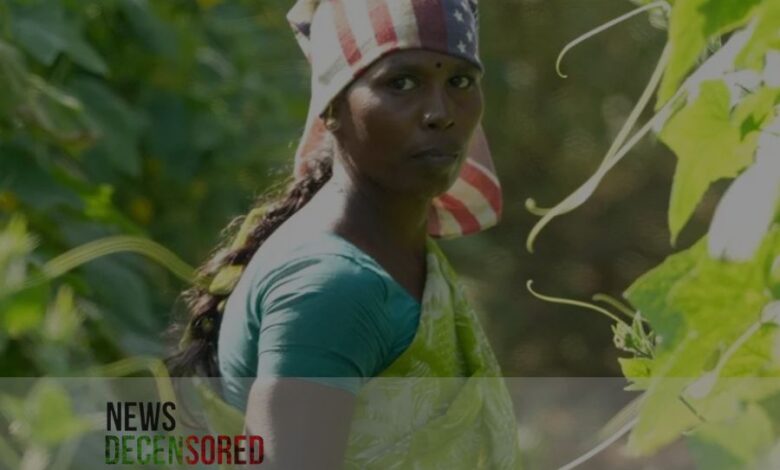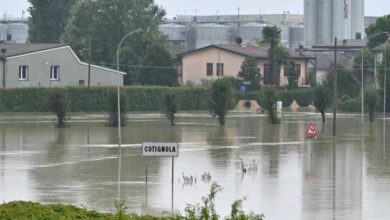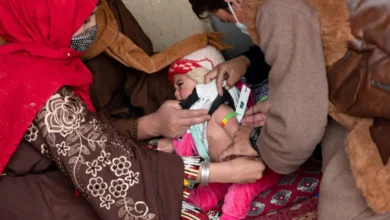Researchers say working in extreme heat conditions can double the risk of miscarriage

A groundbreaking study from India reveals a disturbing link between extreme heat and pregnancy complications. Researchers found that working in high temperatures can double the risk of miscarriage and stillbirth for pregnant women. This risk is significantly higher than previously thought and poses a serious threat to women in tropical climates and beyond.
The research, conducted by the Sri Ramachandra Institute of Higher Education and Research (SRIHER) in Chennai, involved 800 pregnant women in Tamil Nadu, India. Half of the participants worked in jobs with high heat exposure, such as agriculture, brick kilns, and salt flats. The remaining group worked in cooler environments like schools and hospitals, though some still faced occasional heat exposure.
The study highlights the lack of a universally accepted “safe” heat level for the human body. Professor Jane Hirst, a contributor to the research, emphasizes that heat tolerance depends on individual adaptation and climate.
One participant, Sumathy, a cucumber picker, vividly portrays the harsh realities of working in extreme heat while pregnant. Despite protective gloves, the heat caused her hands and face to burn. Tragically, Sumathy lost her baby at 12 weeks to a miscarriage. While the exact cause remains unknown, the study’s findings suggest a possible link to her working conditions.
India stares down a grim future. A University of Cambridge study predicts it to be among the first nations where even resting in the shade will become unsafe due to extreme temperatures. The number of scorching days and nights – periods when the body struggles to recover from daytime heat – is projected to double or even quadruple by 2050.
The exact mechanisms of how extreme heat harms pregnant women and their babies remain unclear. However, a Gambian study suggests high temperatures raise the fetal heart rate while restricting blood flow through the umbilical cord. One theory suggests the mother’s body diverts blood away from the fetus to cool itself down, potentially compromising the baby’s well-being.
There is yet another concern – a lack of accessible toilets. With limited options to relieve themselves and stay hydrated, pregnant women working in the fields face a double burden.
The situation in India highlights a devastating choice for countless women – risk their health and their unborn child’s well-being to earn a living, or potentially face financial hardship. As climate change intensifies, this harsh reality threatens to become the norm for millions across the globe.
Professor Hirst emphasizes the study’s significance for women worldwide. As Earth’s temperature rises, “pregnant women are at the forefront of experiencing climate change,” facing potentially devastating consequences. While previous research focused on high-income countries, the stark findings from India point towards a broader threat.
“The UK is getting hotter summers,” explains Professor Hirst. “These adverse effects can be seen at much lower temperatures in more temperate climates.” However, she acknowledges the rarity of miscarriages even with doubled risk.
Urgent Need for Action: Protecting Pregnant Workers
The research exposes a critical gap in international guidelines for pregnant women working in hot environments. Existing recommendations rely on outdated studies conducted on men with a specific body type. Professor Hirst calls for further research and updated guidelines based on studies like this one.
In the absence of official guidance, Professor Hirst offers some practical advice for pregnant women working in the heat:
- Minimize prolonged exposure to heat.
- Take frequent breaks in the shade when working outdoors.
- Avoid strenuous exercise or sunbathing during peak heat hours.
- Stay adequately hydrated with water.
The Chennai study sheds light on the concerning link between extreme heat and pregnancy complications. As the world grapples with climate change, it’s crucial to develop specific health advice and implement strategies to safeguard pregnant women working in hot environments. Protecting mothers and babies requires a global effort, with research leading the way toward evidence-based solutions.




